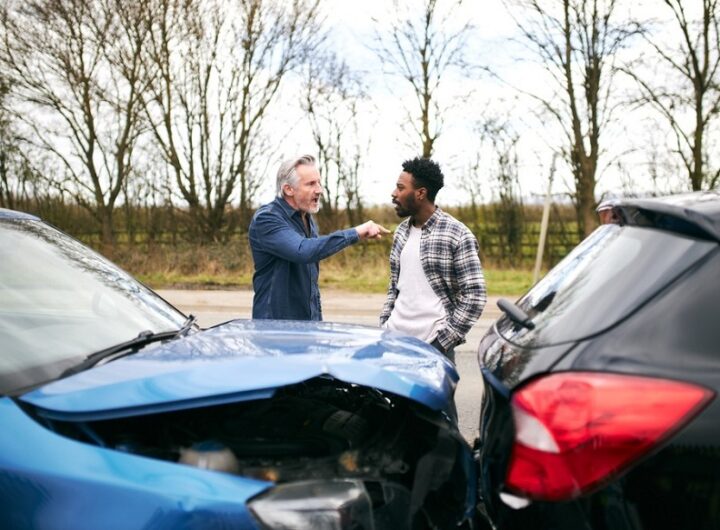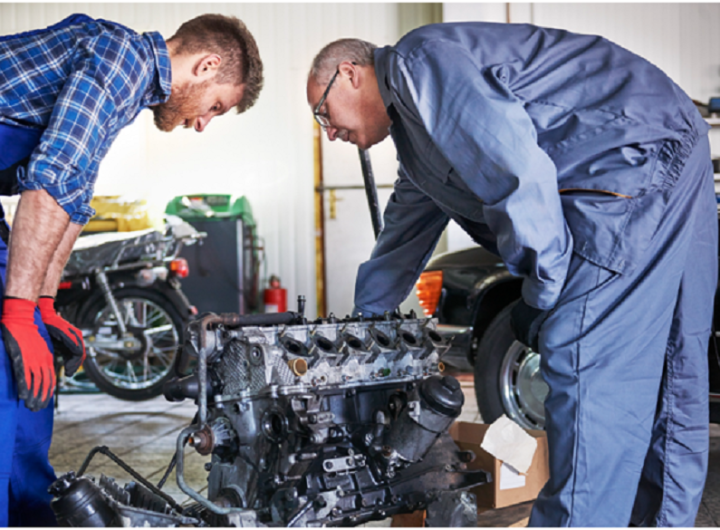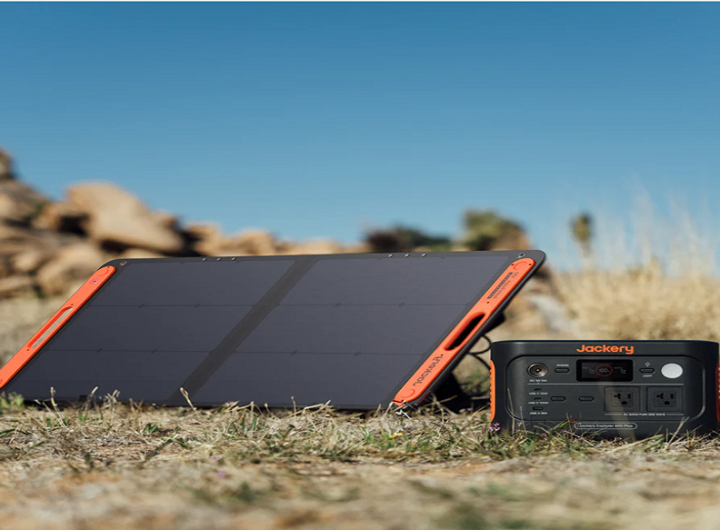
When it comes to shipping a vehicle, one of the first and most important decisions you’ll need to make is whether to go with open or enclosed auto transport. Each option comes with its own set of pros and cons, and the best choice depends on your budget, the type of vehicle you’re shipping, and your personal preferences. Whether you’re relocating across the country, sending a car to a buyer, or transporting a vehicle to a show, understanding the difference between open and enclosed transport can help you make an informed, stress-free decision.
What Is Open Auto Transport?
Open auto transport is the most common method used in the vehicle shipping industry. This method involves transporting your car on a trailer that is open to the elements, typically a two-level carrier that holds multiple vehicles at once—often between 7 to 10 cars.
Pros of Open Transport:
-
- Cost-Effective: Open transport is usually the more affordable option. Since the carrier can haul multiple cars at once and is cheaper to operate, those savings are passed on to you.
-
- Wider Availability: Because it’s the standard in the industry, it’s easier and quicker to find an open transport carrier with availability.
-
- Faster Shipping Times: More open carriers are on the road, so there’s typically less wait time for pickup and delivery.
Cons of Open Transport:
-
- Exposure to Elements: Your vehicle will be exposed to weather conditions like rain, snow, sun, and wind during transit.
-
- Potential for Dirt and Debris: Road grime, dust, and small debris could land on your vehicle—just like when you’re driving on the highway.
-
- Less Privacy for High-End Vehicles: If you’re shipping a classic, luxury, or exotic car, open transport may not offer the level of protection you’re looking for.
What Is Enclosed Auto Transport?
Enclosed auto transport involves transporting your vehicle in a fully enclosed trailer, often designed to carry only 1 to 4 vehicles at a time. This method offers much more protection during transit, making it ideal for high-value or collector vehicles.
Pros of Enclosed Transport:
-
- Maximum Protection: Your vehicle is shielded from all weather conditions, road debris, and potential damage. It’s essentially transported in a secure garage on wheels.
-
- Peace of Mind: Ideal for luxury, antique, exotic, or highly customized cars, enclosed transport gives you the extra reassurance that your vehicle is in the safest hands.
-
- Special Handling: Many enclosed carriers use hydraulic lift gates for low-clearance vehicles and offer white-glove service, treating your car with the utmost care.
Cons of Enclosed Transport:
-
- Higher Cost: Enclosed transport is typically 30-60% more expensive than open transport due to the added protection and lower vehicle capacity.
-
- Limited Availability: Because fewer enclosed carriers are on the road, scheduling a pickup may take longer.
-
- Longer Delivery Times: With fewer cars and less frequent routes, enclosed transport may not be as fast as open options.
Which Option Should You Choose?
Choosing between open and enclosed auto transport depends on a few key factors:
1. Vehicle Type and Value
If you’re shipping a standard sedan, SUV, or daily driver, open transport is usually a safe and economical option. However, if your car is a luxury vehicle, a classic car, or a showpiece with high sentimental or market value, enclosed transport is a better fit.
2. Budget
Open transport is the better choice if you’re looking to save money or stick to a tight budget. But if cost is less of a concern and you’re prioritizing protection, then enclosed transport is worth the extra expense.
3. Weather Conditions
If you’re shipping during winter storms or heavy rain seasons, especially across long distances, the protection of enclosed transport might make you feel more comfortable. For moderate climates and short distances, open transport should be fine.
4. Timeline
If you need your car picked up and delivered as quickly as possible, open transport offers more flexibility and availability. Enclosed transport may take more time due to fewer carriers on the road.
The Bottom Line
Both open and enclosed auto transport have their advantages and trade-offs. The best method comes down to the type of vehicle you’re shipping, your desired level of protection, and how much you’re willing to spend. For everyday cars, open transport is usually more than sufficient. However, for prized or valuable vehicles, enclosed shipping is the better investment for peace of mind.
Before booking, always make sure to research reputable car shipping companies, read reviews, and get quotes for both transport types so you can weigh the difference. No matter your choice, a professional carrier will ensure your vehicle gets to its destination safely.

 Car Accident Cases in Sarasota County: A Step-by-Step Legal Guide
Car Accident Cases in Sarasota County: A Step-by-Step Legal Guide  Maximizing Your Investment: Choose the Best Duramax Diesel Engine Dealer for Your Car
Maximizing Your Investment: Choose the Best Duramax Diesel Engine Dealer for Your Car  Open vs. Enclosed Auto Transport: Which Car Shipping Method Is Right for You?
Open vs. Enclosed Auto Transport: Which Car Shipping Method Is Right for You?  How to Choose the Right Size Generator for Camping
How to Choose the Right Size Generator for Camping